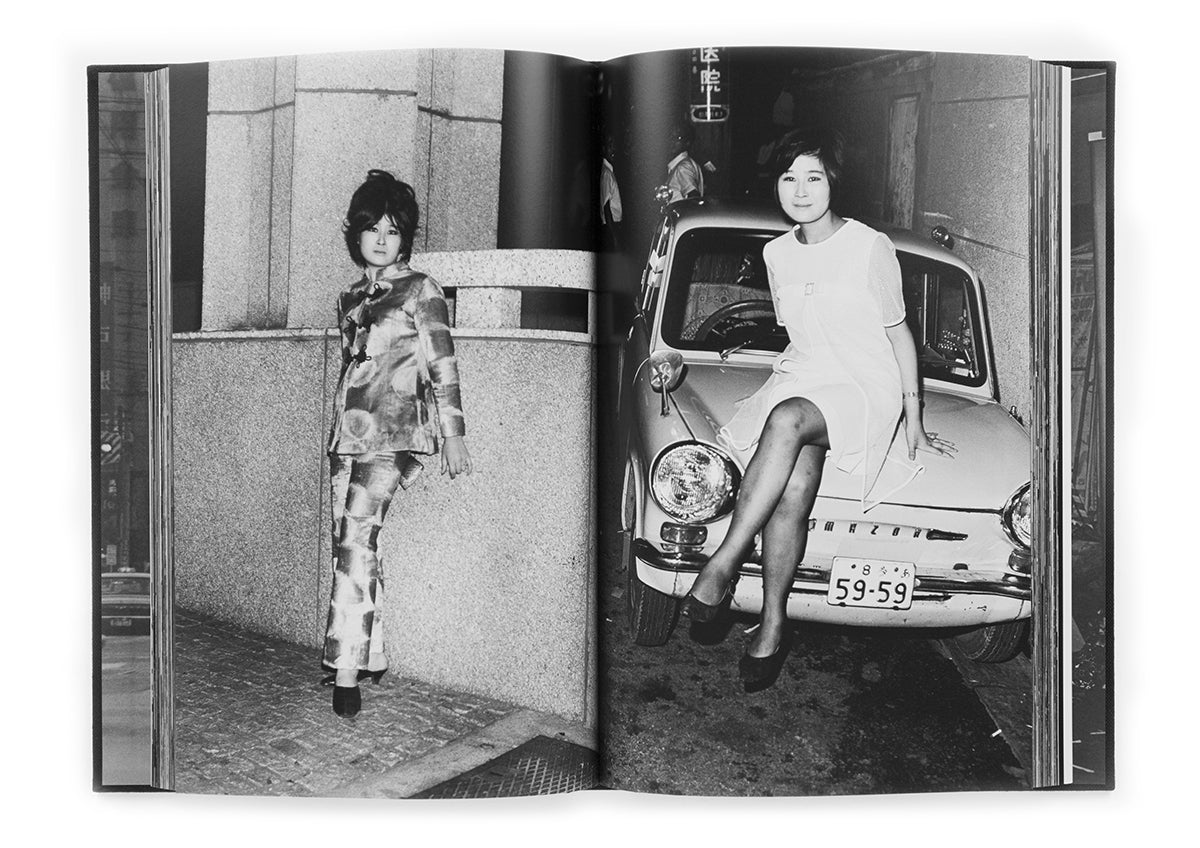Katsumi Watanabe - Shinjuku Guntoden
Pickup available at 1 rue des Minimes
– Default Title
-
1 rue des Minimes
09709759181 Rue des Minimes
75003 Paris
France
Katsumi Watanabe
Shinjuku Guntoden (Story of The Shinjuku Thieves)
Published by Akio Nagasawa Publishing, 2013
Size 31 x 21 cm
303 pages
Hardcover
Languages: Japanese, English
Limited Edition of 500 copies.
Katumi Watanabe's Shinjuku Guntoden: Story of the Shinjuku Thieves perfectly encapsulates Watanabe's love affair with Shinjuku's 2-Chome Kabukicho. Containing a selection of portraits Watanabe took over a little over a decade, the images capture the rough, boisterous, and exciting residents of Kabukicho at the time, dressed boldly to attract the attention of passersby. These snapshots are the result of Watanabe's wanderings and demonstrate his lifelong attachment to the area. A photographer on the loose, Watanabe roams the streets of Shinjuku, entering bars, cabarets, gay clubs, and pleasure hotels to offer his services in exchange for a fee of 200 yen. Women, bartenders, and Yakuza feature in his photographs, posing and staging themselves for Watanabe's lens. These snapshots taken by Watanabe capture a time in Shinjuku that is almost unrecognizable from the Shinjuku we know today. These images are frozen moments from a time and place of excitement and struggle, expression and hidden feelings, tenderly preserved in the memory of an image.





